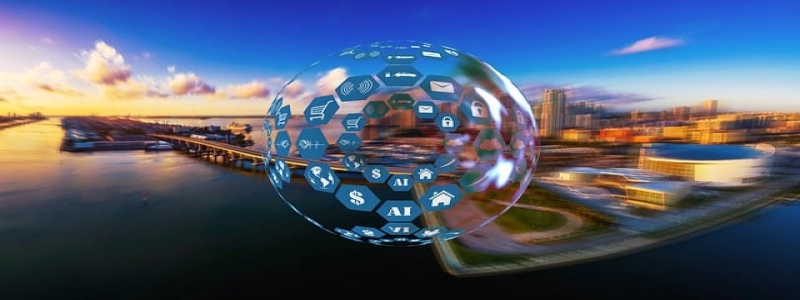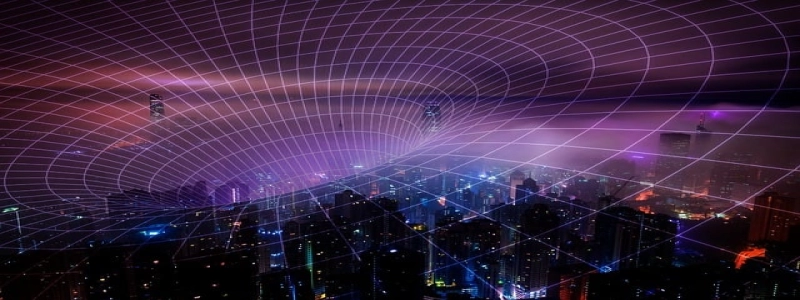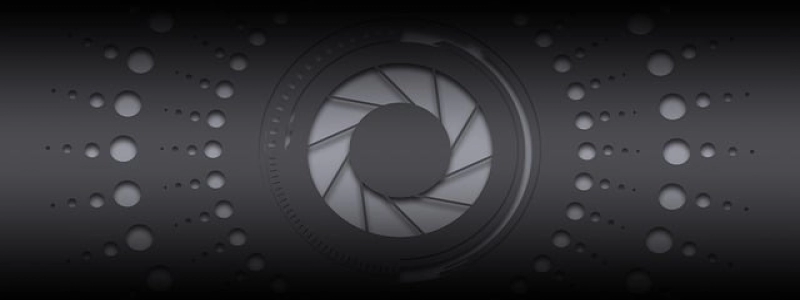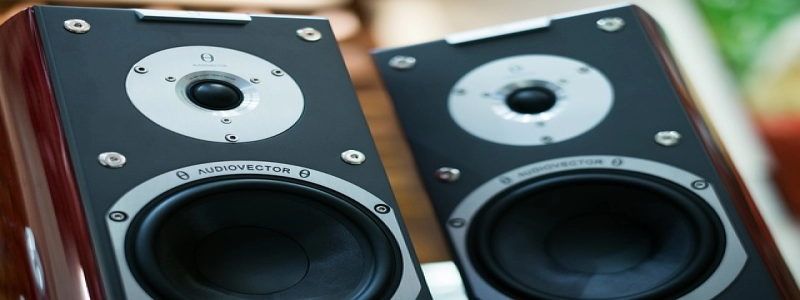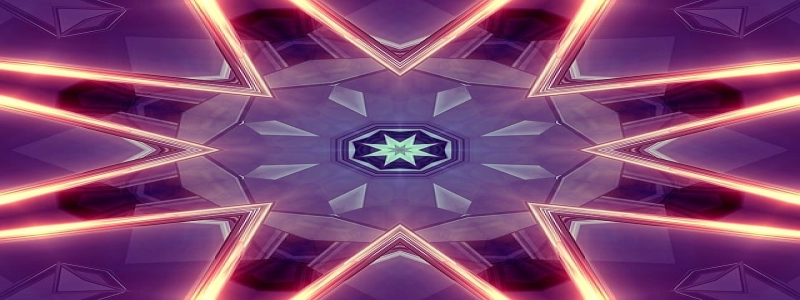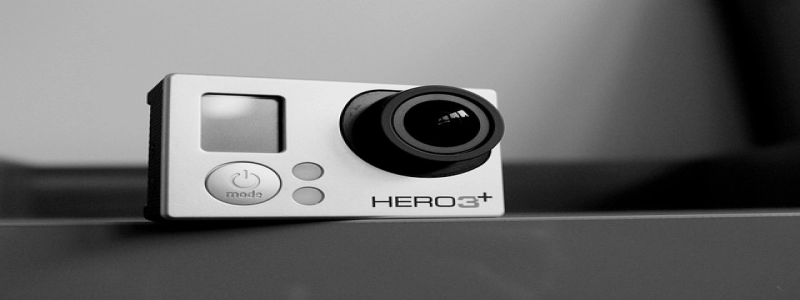How Does a Fiber Optic Cable Look Like?
Sissejuhatus:
Tänasel digiajastul, where high-speed internet and seamless communication are essential, fiber optic cables have become the backbone of our global network infrastructure. These cables enable the transmission of vast amounts of data across long distances at incredible speeds. But have you ever wondered how these cables actually look like? Selles artiklis, we will delve into the appearance and structure of a fiber optic cable.
I. The General Appearance:
When you first look at a fiber optic cable, it may resemble a regular electrical cable, but upon closer inspection, you will notice some distinct features. A fiber optic cable typically consists of multiple thin, transparent fibers bundled together within a protective external covering. These fibers are much smaller and lighter than traditional copper wires. The external covering usually comes in different colors, such as yellow, orange, or gray, to distinguish between different types of cables or signal channels.
II. The Structure of a Fiber Optic Cable:
The structure of a fiber optic cable is carefully designed to protect the delicate fibers inside and enhance their performance. Let’s take a look at the different layers that make up a typical fiber optic cable:
1. Core:
At the center of the cable lies the core, which is the innermost layer and the most crucial component. The core is where the actual transmission of light signals occurs. It is usually made of high-purity glass or plastic material with a diameter of approximately 9 μm (micrometers).
2. Cladding:
Surrounding the core is the cladding, a layer of glass or plastic that has a lower refractive index than the core. The cladding helps to confine the transmitted light signals within the core by reflecting them back towards it, preventing any signal loss.
3. Coating:
To further protect the core and cladding, a thin layer called the coating is applied. The coating is typically made of a UV-cured protective material like acrylate, which provides insulation and preserves the integrity of the delicate fibers during installation and operation.
4. Strength Members:
To give the cable mechanical strength and durability, various strength members are incorporated into the design. These may include aramid yarn, fiberglass, or steel strands, depending on the specific requirements. The strength members protect the delicate fibers from stretching or breaking when the cable is pulled or bent.
5. Outer Jacket:
Lõpuks, the entire cable is enclosed in an outer jacket, also known as the sheath. The jacket provides an additional layer of protection against external factors like moisture, chemicals, and physical damage. The jacket is usually made of materials such as polyethylene or PVC, known for their excellent insulation properties.
Järeldus:
Fiber optic cables are essential for modern telecommunications and data transmission. Their appearance may seem unassuming at first glance, but these cables are at the forefront of cutting-edge technology. Understanding the structure of a fiber optic cable helps us appreciate the engineering and precision required to achieve lightning-fast internet speeds and seamless communication that we enjoy today.



